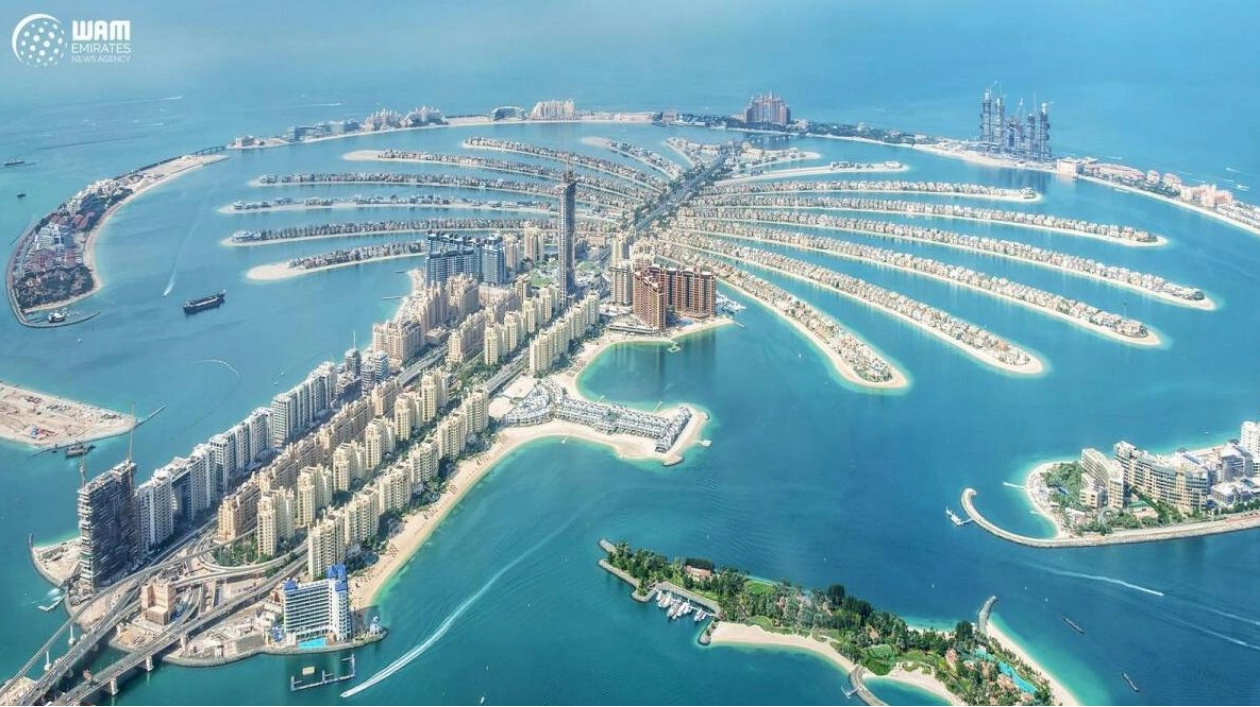Dubai's residential market sustained robust growth in the second quarter of 2024, with property values climbing by 21.3 percent over the past year, driven by a tightening supply and the rising 'buy-to-stay' trend, according to a global property consultant.
Average residential prices surged by 21.3 percent over the last 12 months, with villas outperforming apartments. Villa sale prices escalated by 24.3 percent over the past year, reaching Dh1,896 per square foot, placing them 28 percent above the 2014 peak. Knight Frank's Q2 Dubai Residential Market Review highlighted that this growth underscores the lasting appeal of stand-alone, beachfront homes and branded residences that provide almost immediate access to the Dubai lifestyle.
Knight Frank's 2024 Destination Dubai report indicated that access to greenery, wellness centers, and waterfront locations are the primary factors attracting international buyers. The luxury residential sector in Dubai also experienced significant growth. The Palm Jumeirah, Jumeirah Bay Island, Jumeirah Islands, and Emirates Hills, collectively known as 'Prime Dubai,' saw a 7.0 percent increase in average transacted prices, which stood at Dh3,706 per square foot at the end of H1 2024.
With 853 homes sold, Palm Jumeirah accounted for the majority of prime deals in H1 2024, at 89.3 percent, followed by Jumeirah Islands (5.03 percent), Jumeirah Bay Island (3.56 percent), and Emirates Hills (1.05 percent). Faisal Durrani, partner – head of Research, Mena, noted that the trajectory of home values in Dubai remains consistent, reflecting the persistent demand from both domestic and international buyers for homes in the city.
Durrani added that the shift in buyers' preferences from purely investment-driven to personal use is reducing the number of listings in the city, contributing to sustained price increases that have continued for 21 quarters. The number of residential listings in Q2 2024 dropped by 22.8 percent compared to the previous year, and for the first time since Q1 2022, the number of unique home listings in a single quarter fell below 100,000.
Knight Frank emphasized that the decrease in luxury home supply was more pronounced. The number of homes available for sale in Dubai's four prime residential communities—Palm Jumeirah, Emirates Hills, Jumeirah Bay Island, and Jumeirah Islands—declined by 47 percent over the last 12 months to 2,851 properties. Petri Mannila, partner – head of Prime Residential, UAE, explained that the decline in available homes reflects the increasing 'buy-to-stay' and 'buy-to-hold' mentality among buyers, who are increasingly purchasing properties for primary or secondary use.
Knight Frank has revised its total pipeline of residential units scheduled for completion by 2029, now standing at 308,099 units. Of these, 82 percent will be apartments, with the remainder being villas. This translates to an average of approximately 51,350 homes per year for the next six years, higher than the long-term completion rate of around 30,000 homes per year. However, this figure falls short of the 73,000 homes per year Knight Frank estimates is needed for the next 16 years to meet Dubai's vision of a population of 7.8 million by 2040, especially considering the 30-40 percent completion delays in any given year.






